April 22, 2022 —
They steer themselves by their heads. When they are up there drifting around and they want to turn right, they turn their heads to the right and off they go to the right. W hen they want to go left, they just turn their heads to the left. Don’t let anyone tell you this isn’t true. I watched seagulls morning, noon, and night just to keep from blowing my top.
hen they want to go left, they just turn their heads to the left. Don’t let anyone tell you this isn’t true. I watched seagulls morning, noon, and night just to keep from blowing my top.
Hollywood Actor Buddy Ebsen
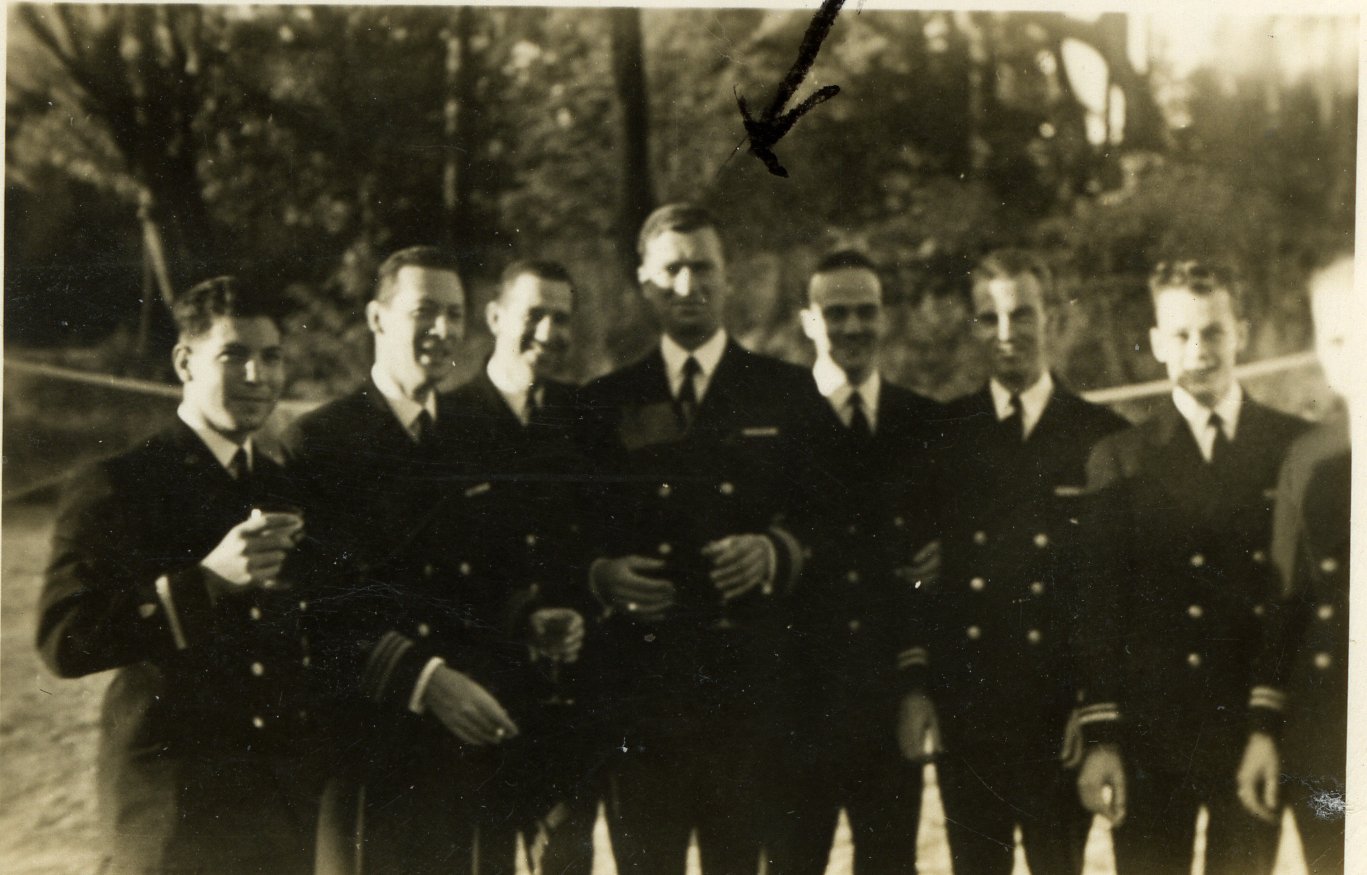 Late in life, when asked what he learned during his World War II service in the Coast Guard, Hollywood actor Buddy Ebsen replied with the quote above. A veteran of monotonous weather patrol duty, Lt. Ebsen had plenty of spare time to study the behavior of sea birds in the North Pacific.
Late in life, when asked what he learned during his World War II service in the Coast Guard, Hollywood actor Buddy Ebsen replied with the quote above. A veteran of monotonous weather patrol duty, Lt. Ebsen had plenty of spare time to study the behavior of sea birds in the North Pacific.
In the fall of 1962, Americans were glued to their television sets. A new show, The Beverly Hillbillies, about mountain man Jed Clampett who strikes oil, becomes rich, and moves his family to Beverly Hills premiered Sept. 26th. The show quickly soared to number one on the charts and ran for nine seasons. Later, in 1973, private detective Barnaby Jones came to life on television show Barnaby Jones, which ran for eight seasons. Hollywood actor Buddy Ebson played both characters. Ebson also served in the United States Coast Guard reserve during World War II.
Born in Belleville, Ill., in 1908, Christian Ludolf Ebsen, Jr., was the third of five children and the only son. His father, who had immigrated to the United States from Germany, owned the Ebsen Natatorium, an athletic social club. Ebsen learned to swim and dance almost as soon as he could walk, and worked summers for his father as a locker boy and lifeguard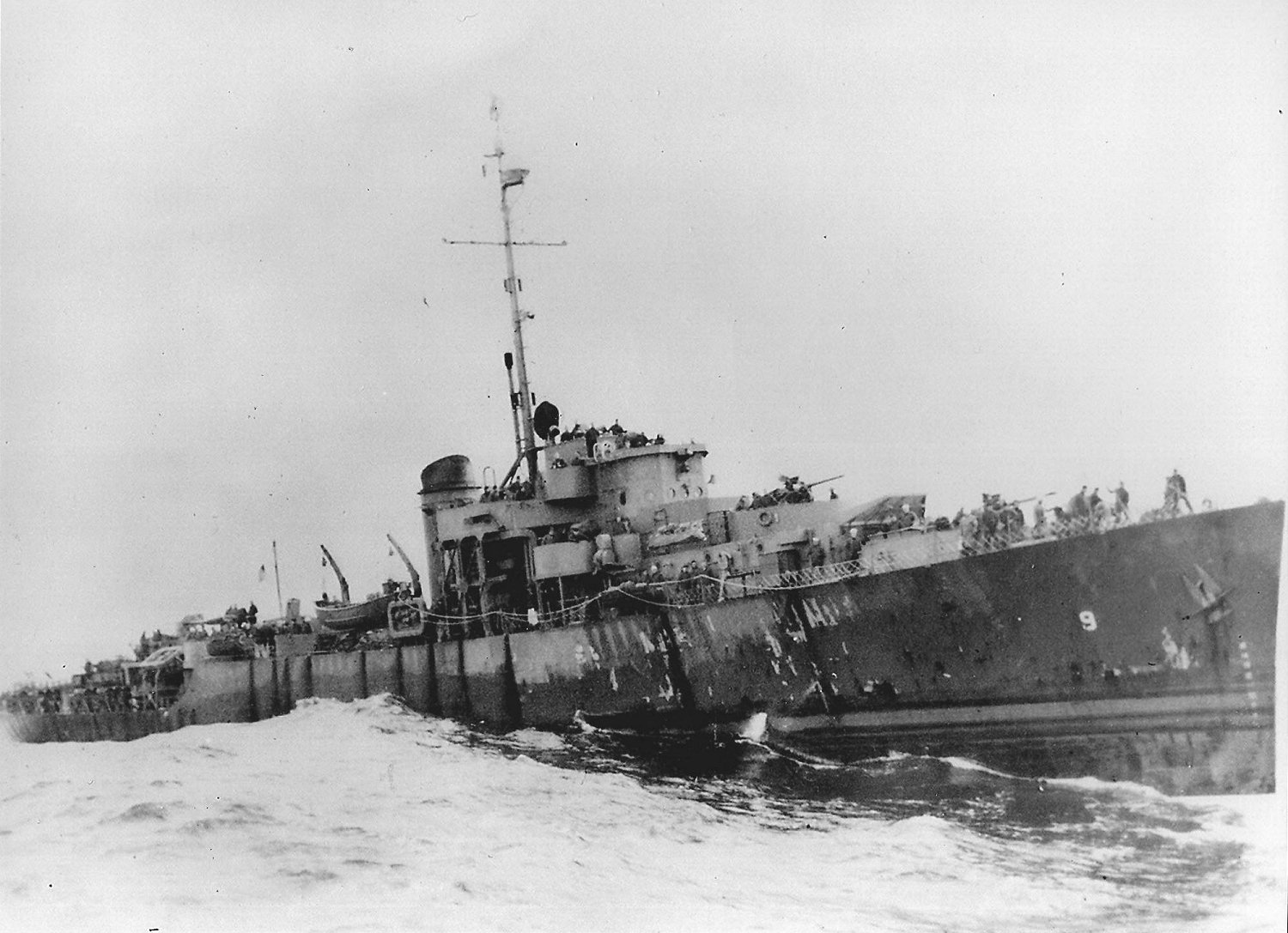 . In 1921, on the advice of their doctor, the family moved to Florida. Ebsen’s mother, Frances, was often sick in Illinois and the Florida climate was likely a respite. The family first lived in Palm Beach and later Orlando, where Ebsen’s father owned a dance studio.
. In 1921, on the advice of their doctor, the family moved to Florida. Ebsen’s mother, Frances, was often sick in Illinois and the Florida climate was likely a respite. The family first lived in Palm Beach and later Orlando, where Ebsen’s father owned a dance studio.
Inspired by his sister who suffered from epilepsy, Ebsen planned to become a doctor. He entered the University of Florida as a pre-med student in the fall of 1926, but growing financial troubles forced him to transfer to Rollins College, just four miles from the Ebsen home. However, Rollins College did not have science courses, so Ebsen’s mother suggested he take a drama course as an elective. That class changed his life!
In August 1928, the six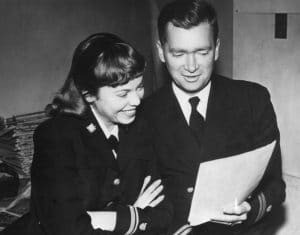 -foot three-inch Ebsen and his sister, Vilma, arrived in New York City. Ebsen had just $26.65 in his pocket, so he worked at a soda fountain until he found a job three months later in the chorus line of the Broadway production Whoopie, starring Eddie Cantor. The musical ran for a year and a half. In August 1930, the siblings were dancing at the Babette Club in Atlantic City, N.J. In the audience was the influential newspaper columnist, Walter Winchell. He wrote a raving, one-paragraph review about the duo and the story catapulted them to fame. For the next several years, well into the mid-1930s, Buddy and Vilma danced at clubs in New York, Philadelphia, and Chicago. Hollywood soon noticed them.
-foot three-inch Ebsen and his sister, Vilma, arrived in New York City. Ebsen had just $26.65 in his pocket, so he worked at a soda fountain until he found a job three months later in the chorus line of the Broadway production Whoopie, starring Eddie Cantor. The musical ran for a year and a half. In August 1930, the siblings were dancing at the Babette Club in Atlantic City, N.J. In the audience was the influential newspaper columnist, Walter Winchell. He wrote a raving, one-paragraph review about the duo and the story catapulted them to fame. For the next several years, well into the mid-1930s, Buddy and Vilma danced at clubs in New York, Philadelphia, and Chicago. Hollywood soon noticed them.
The Ebsens arrived in Hollywood in 1935, and their first movie was The Broadway Melody in 1936. This would be Vilma’s only movie, since she married and subsequently retired from show business not long after the movie debuted. E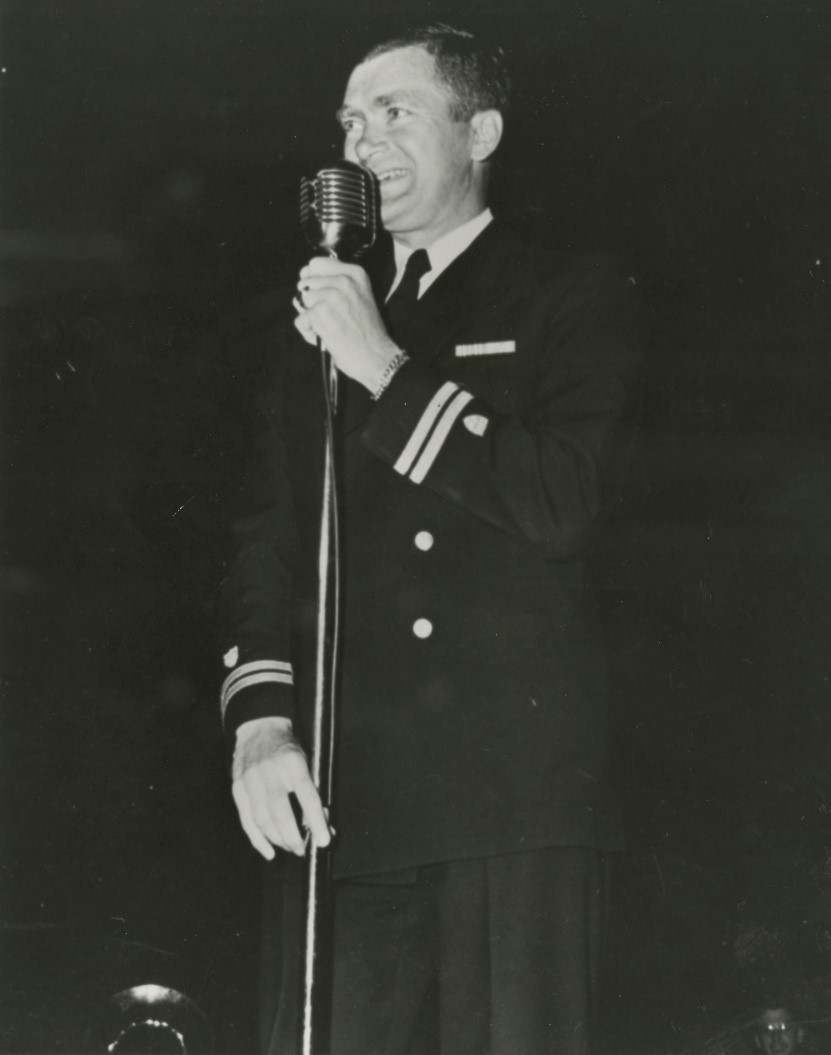 bsen remained in show business for the rest of his life, and was offered the role of the Tin Man in the 1939 movie Wizard of Oz. However, Ebsen nearly died of aluminum poisoning from his costume and had to leave the picture. Actor Jack Haley replaced him.
bsen remained in show business for the rest of his life, and was offered the role of the Tin Man in the 1939 movie Wizard of Oz. However, Ebsen nearly died of aluminum poisoning from his costume and had to leave the picture. Actor Jack Haley replaced him.
After recovering, Ebsen was embroiled in a contract dispute that left him idle for a while. He took up sailing and completed a navigation course cum laude, becoming so proficient that he taught the subject to naval officer candidates. A solid knowledge of celestial navigation and basic seamanship was enough expertise for him to join the Navy, but he was rejected twice.
In February of 1942, Ebsen was da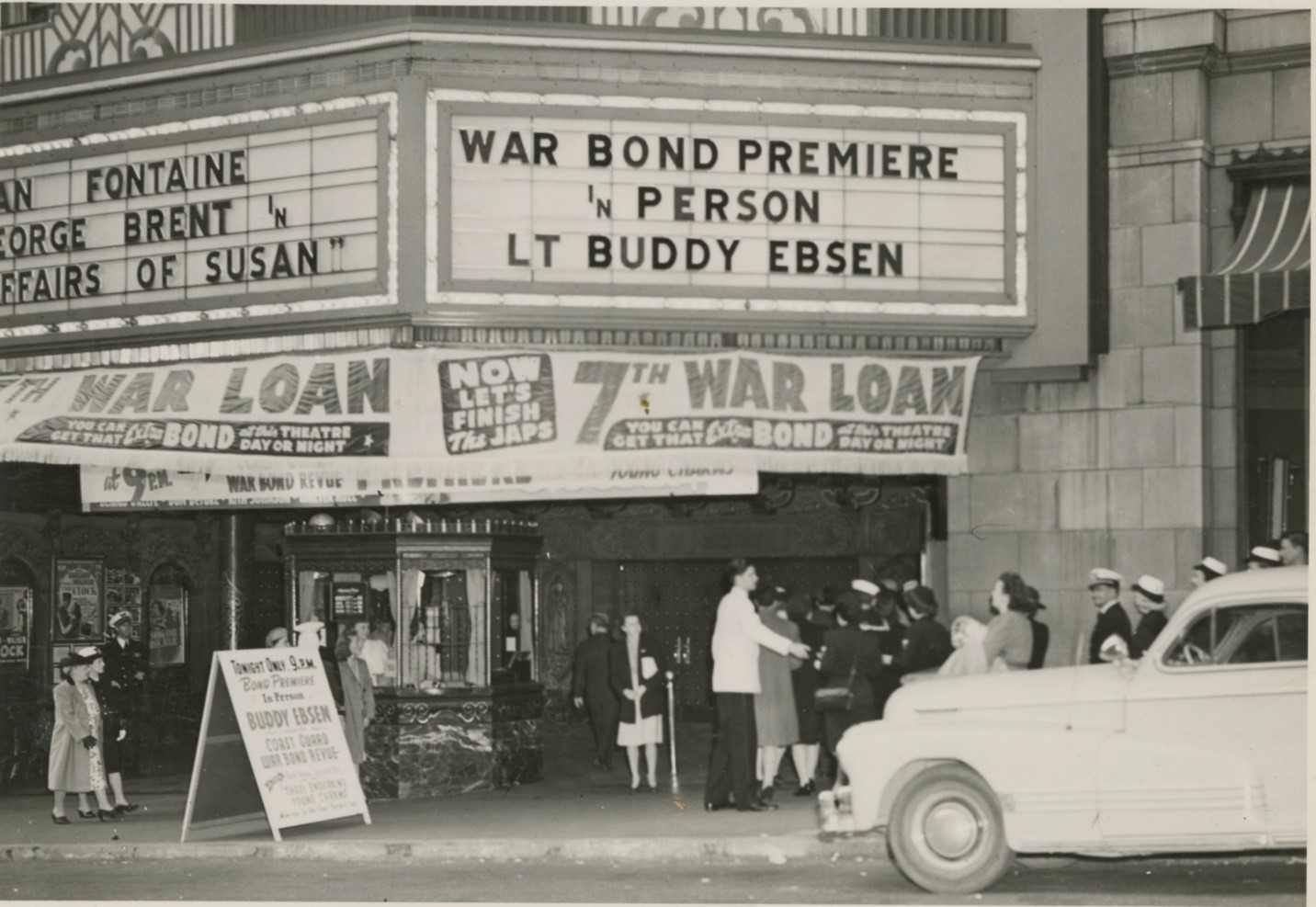 ncing in the show Good Night Ladies in Chicago. One night, he noticed a uniformed officer casually saluting girls at the stage door. He was a lieutenant commander in the Coast Guard reserve. Four months later, on June 1, Ebsen enlisted in the reserves. He received four months of general indoctrination, plus an additional two months of training in anti-submarine warfare and received his commissioned May 30, 1943.
ncing in the show Good Night Ladies in Chicago. One night, he noticed a uniformed officer casually saluting girls at the stage door. He was a lieutenant commander in the Coast Guard reserve. Four months later, on June 1, Ebsen enlisted in the reserves. He received four months of general indoctrination, plus an additional two months of training in anti-submarine warfare and received his commissioned May 30, 1943.
After receiving his commission, Ebsen boarded the only vessel he would ever serve on, the Coast Guard-manned patrol frigate, USS Pocatello. Pocatello served weather patrol duty at a position in the North Pacific, located 1,300 miles due west of Seattle. Like other weather patrol vessels, Ebsen’s patrol frigate steamed in circles around its weather station coordinates for 30 days then returned to Seattle for 10 days in port. It was monotonous duty with consistently foul weather and heavy seas.
Ebsen asked for and received permission from Pocatello’s commanding officer to bring aboard costumes, props, and musical instruments. In addition to his official duties, Ebsen wrote, cast, and directed vaudeville shows, band concerts, and musical plays aboard Pocatello. Rehearsals were held in the cramped steering room located astern on the cutter’s fantail. A break from the monotony of weather patrol duty, the crew greatly enjoyed this entertainment.
One day during a patrol, the crew was performing the comic opera HMS Pinafore. In the middle of the show, a voice boomed over the public address system asking the captain to report to the bridge. A moment later, the same 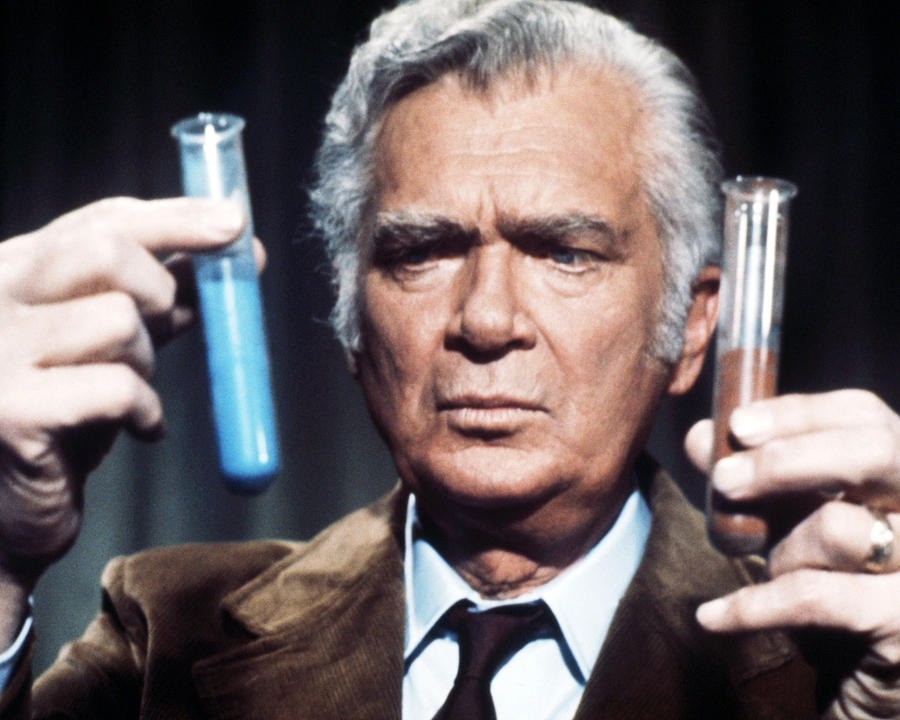 voice ordered all
voice ordered all 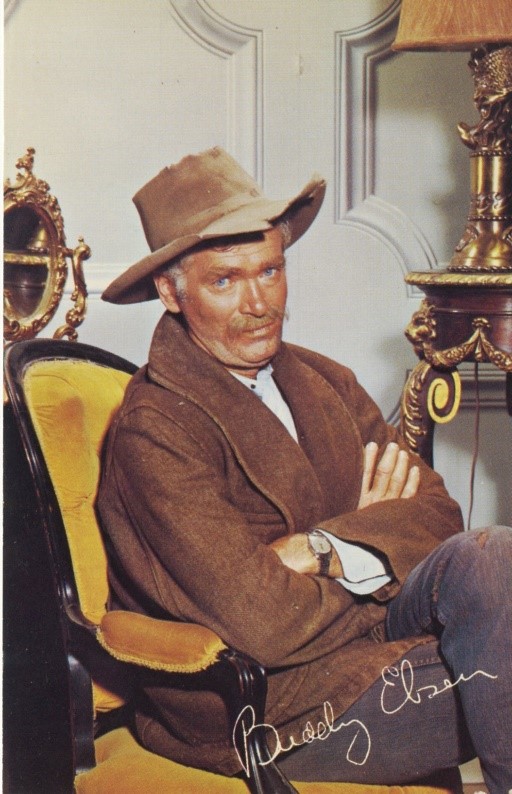 hands to battle stations. A plane had been spotted in the dense fog. Once on deck, Ebsen took one look at his costumed shipmates at battle stations and doubled over laughing. He decided that if he was killed at sea, he might as well die laughing. Luckily, the enemy plane never spotted the frigate, so the crew stood down and finished the show.
hands to battle stations. A plane had been spotted in the dense fog. Once on deck, Ebsen took one look at his costumed shipmates at battle stations and doubled over laughing. He decided that if he was killed at sea, he might as well die laughing. Luckily, the enemy plane never spotted the frigate, so the crew stood down and finished the show.
Ebsen served in a number of positions aboard Pocatello, including damage control officer, watch officer and, finally, executive officer. In late 1945, Ebsen was assigned shoreside in Seattle as master of ceremonies for five stage shows during the government’s seventh War Bond Drive. The shows were staged by the Army, Navy, and Coast Guard, along with noted actor Helen Hayes. The drive raised $30 million. While in Seattle, Ebsen met Nancy Wolcott, a communications officer in the SPARS division of the Coast Guard. They married the following year—it was a second marriage for both. In 1946, the Coast Guard honorably discharged Ebsen, by now a full lieutenant.
Just after leaving the service, Ebsen returned to show business, appearing in Oscar Hammerstein’s revival of Showboat. He made his television debut on The Chevrolet Tele-Theatre in 1949. However, he is best known for his roles as Jed Clampett in The Beverly Hillbillies and Barnaby Jones in the television series of the same name. When the film version of The Beverly Hillbillies was released in 1993, Ebsen played the role of Barnaby Jones.
Ebsen passed away July 6, 2003, in Torrance, Calif., at the age of 95. He was survived by his third wife Dorothy and seven children—two daughters from his first marriage to Ruth Crawford and four daughters and a son from his marriage to Wolcott. Ebsen’s Coast Guard papers are housed at the United States Coast Guard Historian’s Office in Washington, D.C.